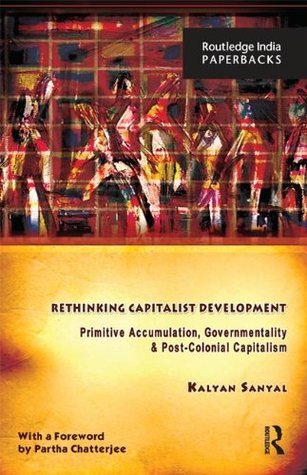What do you think?
Rate this book


292 pages, Paperback
First published April 12, 2007
What economies need, today, is not only a new approach to investment, but also a New Deal in terms of reinvestment: a new compact between the public and private sectors that can lead to more inclusive growth. This should be part of a broader approach to market shaping to ensure social returns reflect the public investments that have been made including, for example, reforms to patenting (keeping them narrow and downstream) and conditions that profits generated from publicly supported innovation are reinvested back into innovation and not hoarded or used mainly for share buybacks. Indeed, it was precisely this type of healthy deal making that led to AT&T being asked to set up Bell Labs in exchange for its monopoly status.